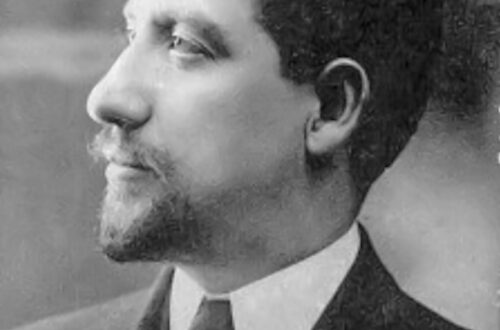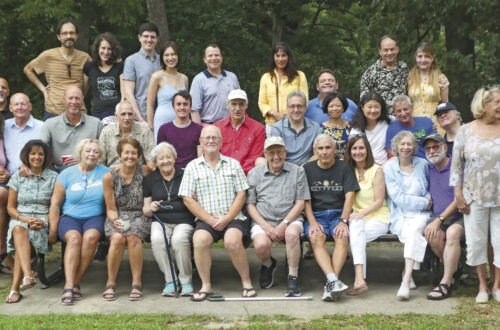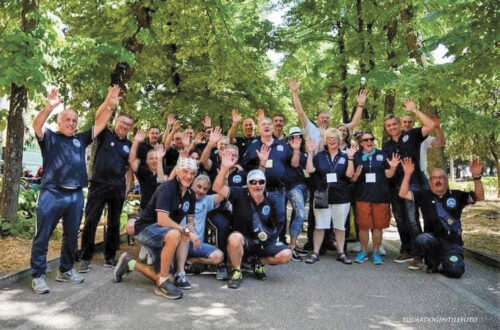
Fornelli

By Nancy DeSanti
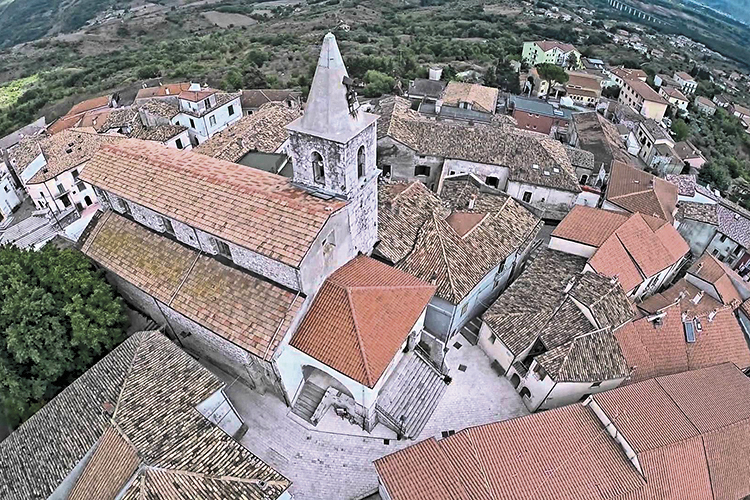
Credit: italian-traditions.com
Province of Isernia, Region of Molise
The town of Fornelli is located about 8 kilometers west of Isernia. The town rises near the Vardia River, on top of a hill facing Colle Ginestra where there are ruins of an ancient Italic acropolis. It has approximately 2,014 inhabitants, known as Fornellesi.
Annunziata Lombardi D’Alesandro, the mother of Nancy Pelosi, the Speaker of the U.S. House of Representatives, was born in Fornelli in 1909.
Fornelli was first recorded in the 10th century as the location of one of the castles erected to defend the monastery of San Vincenzo al Volturno. The town’s name most likely derives from the presence in the area of a large oven (forno) for the working of metals and to bake clay bricks used for construction works. The original name of Fornello was changed into Fornelli in the 18th century.
Fornelli is known as the “The Town of Seven Towers.” The ancient town is enclosed by city walls that are some of the best preserved in Molise. The main sights are the Church of St. Michael the Archangel, the Church of St. Peter the Martyr, the Baronial Palace and the Summer Fountain.
The hill on which the mother church stands suggests that it has seen the passage and the ruling of the Longobards. In the highest part of the village, there is the baronial palace that repeats the system of the ancient Lombard castle. The seven towers incorporated in the defensive walls are of the Norman and Angevin period. The main door of access to the historical center was equipped with a drawbridge that rose on the moat.
During World War II, on October 4, 1942, the Germans sought to suppress the resistance in the village by executing the mayor and five other citizens, for which Fornelli was given a medal for military valor.
Fornelli is surrounded by olive trees and produces a fruity and light oil. Among the local dishes are taccunell e fasciuel, a paste without eggs, cut into squares and seasoned with sautéed olive oil, garlic and beans; sciur c pastiera, a tart rice cooked in milk prepared at Easter time; cecrchiata, balls of sweet paste with honey prepared at Christmas time; ’r sciusc, bread dough and potatoes, fried and sprinkled with sugar; and coccia, batter-fried zucchini flowers.
Since her mother was born in Fornelli, Nancy Pelosi visited the town in early July 2022. Pelosi’s maternal grandfather, Nicola Lombardi, born in 1878, immigrated to America with his daughter Annunziata, Pelosi’s mother, who was just three years old.
After visiting Fornelli, Pelosi visited her father’s ancestral home in Montenerodomo, Abruzzo. It was from Montenerodomo where, in 1891, her paternal grandfather, Tommaso Fedele D’Alessandro, born in 1868, immigrated to America. He was the son of Giuseppe, a farmer, and Lucia Rossi.
What to See
- Palazzo Vecchio
- The Baronial palace, built on the castle walls at the door of Umberto I square, has two circular Norman incorporated towers with the main façade
- Church of San Michele Arcangelo, consecrated in 1746, with a statue of San Michele and three paintings of the 18th century recently restored
- Church of St. Peter the Martyr, located in the square on which is located the fountain dedicated to Summer, and a replica of the sculpture that the French Le Mathurin Moreau presented to the World’s Fair in Paris in 1855
Important Dates
- A week before Easter – the “tuzza” game played with eggs
- August – Giornate al borgo, celebrating the medieval tradition
- October – Vintage festival.
Italiano

Tradotto da Ennio Di Tullio
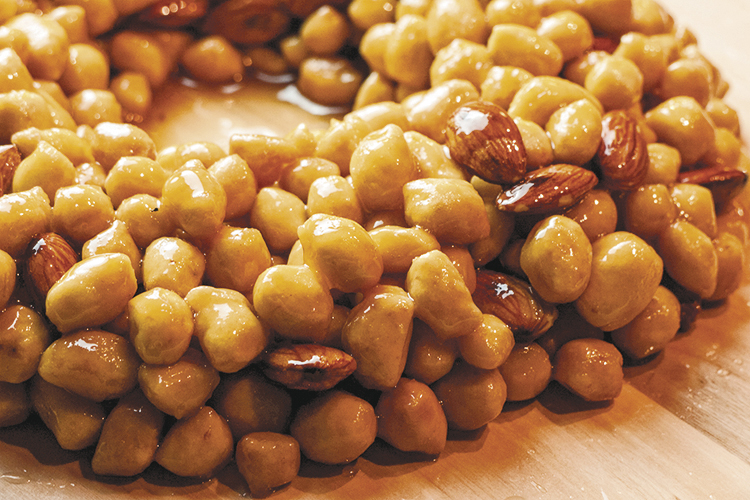
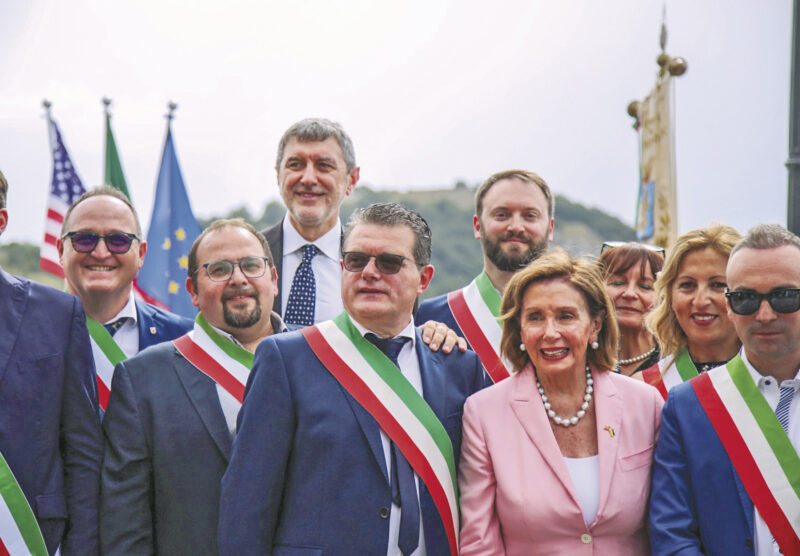
Provincia di Isernia, Regione Molise
Il comune di Fornelli si trova a circa 8 chilometri a ovest di Isernia. Il paese sorge nei pressi del fiume Vardia, sulla sommità di un colle prospiciente il Colle Ginestra dove si trovano i resti di un’antica acropoli italica. Conta circa 2.014 abitanti, detti Fornellesi.
Annunziata Lombardi D’Alesandro, madre di Nancy Pelosi, Presidente della Camera dei Rappresentanti degli Stati Uniti, è nata a Fornelli nel 1909.
Fornelli è documentato per la prima volta nel X secolo come sede di uno dei castelli eretti a difesa del monastero di San Vincenzo al Volturno. Il nome del paese deriva molto probabilmente dalla presenza nell’area di un grande forno (oven) per la lavorazione dei metalli e per la cottura di mattoni di argilla utilizzati per i lavori di costruzione. Il nome originario di Fornello fu mutato in Fornelli nel XVIII secolo.
Fornelli è conosciuta come la “Città delle Sette Torri”. Il borgo antico è racchiuso da una cinta muraria tra le meglio conservate del Molise. Le principali attrazioni sono la Chiesa di San Michele Arcangelo, la Chiesa di San Pietro Martire, il Palazzo Baronale e la Fontana d’Estate.
Il colle su cui sorge la chiesa madre fa pensare che abbia visto il passaggio e il governo dei Longobardi. Nella parte più alta del paese si trova il palazzo baronale che ripete il sistema dell’antico castello longobardo. Di epoca normanna e angioina sono le sette torri inglobate nelle mura difensive. La porta principale di accesso al centro storico era dotata di un ponte levatoio che sorgeva sul fossato.
Durante la seconda guerra mondiale, il 4 ottobre 1942, i tedeschi, reprimendo la resistenza del paese, giustiziarono il sindaco e altri cinque cittadini, per i quali Fornelli ricevette una medaglia al valor militare.
Fornelli è circondato da ulivi e produce un olio fruttato e leggero. Tra i piatti locali ci sono il taccunell e fasciuel, una pasta senza uova, tagliata a quadrotti e condita con un soffritto in olio d’oliva, aglio e fagioli; la sciur c pastiera, una crostata di riso cotto nel latte preparata nel periodo pasquale; ceccchiata, palline di pasta dolce al miele preparate nel periodo natalizio; ‘r sciosc, pasta di pane e patate, fritte e spolverate di zucchero; e coccia, fiori di zucca fritti in pastella.
Poiché la madre di Nancy Pelosi nacque a Fornelli, il Speaker ha fatto visita al paese ai primi di luglio. Il nonno materno di Pelosi, Nicola Lombardi, classe 1878, immigrò in America con la figlia Annunziata, la madre di Speaker Pelosi, che aveva appena tre anni.
Dopo aver visitato Fornelli, Pelosi ha visitato la casa ancestrale del padre a Montenerodomo, in Abruzzo. Era da Montenerodomo dove, nel 1891, suo nonno paterno, Tommaso Fedele D’Alessandro, nacque nel 1868, immigrò in America. Era figlio di Giuseppe, contadino, e di Lucia Rossi.
Le attrazioni del luogo:
- Palazzo Vecchio
- Il palazzo Baronale, edificato sulle mura castellane alla porta di piazza Umberto I, presenta due torri circolari inglobate normanne con la facciata principale
- Chiesa di San Michele Arcangelo, consacrata nel 1746, con una statua di San Michele e tre tele del ‘700 recentemente restaurate
- Chiesa di San Pietro Martire, situata nella piazza su cui si trova la fontana dedicata all’Estate, e una replica della scultura che il francese Le Mathurin Moreau presentò all’Esposizione Universale di Parigi nel 1855
Date da ricordare:
- Una settimana prima di Pasqua – il gioco della “tuzza” con le uova
- Agosto – Giornate al borgo, celebrando la tradizione medievale
- Ottobre – Festa della vendemmia.
| Sources: |
| https://en.wikipedia.org/wiki/Fornelli https://www.italyheritage.com/regions/molise/province-isernia/fornelli.htm https://italian-traditions.com/fornelli-the-country-of-the-seven-towers/ |
September/October 2022



